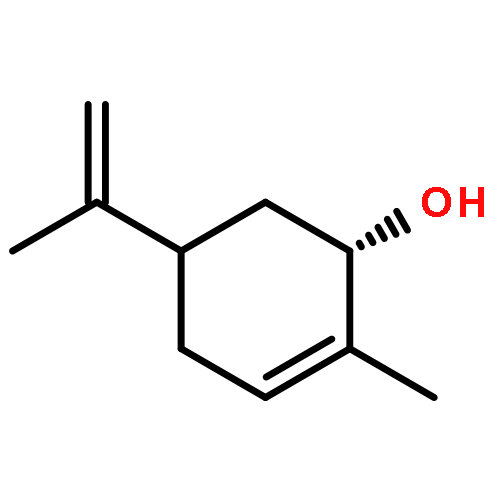•First report of odorants by AEDA in frankincense originating from Boswellia sacra.•Comprehensive human sensory and chemo-analytical investigation of the aroma.•Detection of 23 odorants in six different samples from both Somalia and Oman.•Important odorants are α-pinene, β-myrcene as well as two unident. sesquiterpenoids.Frankincense has been known, traded and used throughout the ages for its exceptional aroma properties, and is still commonly used in both secular and religious settings to convey a pleasant odor. Surprisingly, the odoriferous principle(s) underlying its unique odor profile have never been published. In this study, resin samples of Boswellia sacra Flueck. from both Somalia and Oman were investigated by aroma extract dilution analysis. In a comprehensive, odor-activity guided approach both chemo-analytical and human-sensory parameters were used to identify odor active constituents of the volatile fraction of B. sacra. Among the key odorants found were α-pinene, β-myrcene, linalool, p-cresol and two unidentified sesquiterpenoids. Overall, a total of 23 odorants were detected and analyzed by gas chromatography–olfactometry and heart-cut two-dimensional gas chromatography–mass spectrometry/olfactometry. The majority of the identified odorant compounds were oxygenated monoterpenes, along with some relevant mono- and sesquiterpenes and only one diterpenoid substance. Several of these compounds were reported here for the first time as odorous constituents in B. sacra. Identifying bioactive compounds might support a better understanding with regard to the potential benefits of frankincense, for example in aromatherapy or ecclesial settings.The main odor-active compounds of frankincense were identified and characterized in a first-time olfactory ranking and human sensory evaluation.
![Image for unlabelled figure]()
